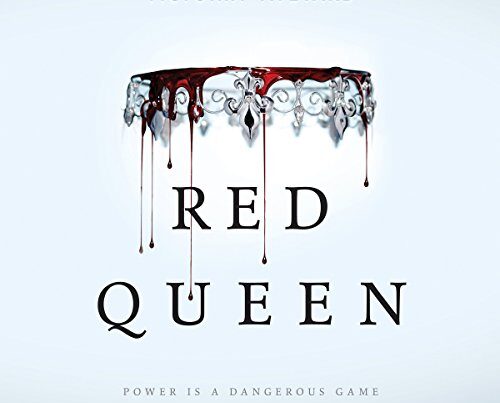Joseph Campbell’s “The Hero With a Thousand Faces” audiobook explores the universal pattern of the hero’s journey. It delves into myths and legends from various cultures.
Joseph Campbell’s “The Hero With a Thousand Faces” is a seminal work that uncovers the common narrative arc found in myths worldwide. The audiobook version brings this influential text to life, making it accessible for modern listeners. Campbell’s insights reveal how different cultures share a fundamental storytelling structure, known as the monomyth or hero’s journey.
This structure includes stages like the call to adventure, the ordeal, and the return. Ideal for students, writers, and anyone interested in mythology, this audiobook offers a deep understanding of the universal themes that connect human experiences across time and space.

Credit: soundcloud.com
The Genesis Of ‘the Hero With A Thousand Faces’
Joseph Campbell studied many myths from around the world. He found a common pattern in these stories. This pattern is called the monomyth or the Hero’s Journey. Campbell was inspired by Carl Jung’s work on archetypes. He believed that all cultures share the same basic story structure. This idea led him to write ‘The Hero with a Thousand Faces’. The book combines psychology, mythology, and storytelling. It has influenced many writers and filmmakers.
Campbell’s work has changed the way stories are told. Many popular films follow the Hero’s Journey. Star Wars is a famous example. George Lucas was inspired by Campbell’s book. The Hero’s Journey is also used in books and video games. Campbell’s ideas have become a part of modern culture. They help us understand why stories are so powerful. The Hero’s Journey resonates with people of all ages and backgrounds.

Credit: audiobookstore.com
Core Concepts And The Hero’s Journey
The monomyth, or Hero’s Journey, is a common template. It involves stages like departure, initiation, and return. Heroes face challenges and transform through their adventures. This journey helps them find their true self. Many stories follow this pattern, from ancient myths to modern movies. Understanding the monomyth can enhance our appreciation of storytelling.
Archetypes are recurring symbols or characters in stories. They include the hero, mentor, shadow, and trickster. Each archetype has a specific role. The hero represents the main character’s journey. The mentor provides guidance and wisdom. The shadow represents the hero’s main enemy. The trickster brings humor and challenges. Recognizing these archetypes helps us understand the deeper meanings in stories.
Influence And Legacy
Joseph Campbell’s work has shaped many modern stories. His book, “The Hero With a Thousand Faces,” inspired many writers. They use his ideas to create compelling heroes. This influence is seen in movies, books, and TV shows. Many famous stories follow his “Hero’s Journey” model. This model includes stages like the call to adventure and return home. These stages make stories more engaging. Campbell’s ideas help writers connect with audiences.
Campbell’s influence goes beyond books. His ideas shape popular culture. Many people use his theories to understand myths and legends. His work helps people see common themes in different cultures. This makes his ideas a cultural phenomenon. They help people find meaning in stories. Campbell’s theories also inspire personal growth. Many use his “Hero’s Journey” to understand their own lives. His work remains important today.

Credit: www.audible.com
Conclusion
Dive into Joseph Campbell’s “The Hero With a Thousand Faces” audiobook. Experience timeless myths and profound storytelling. This journey enhances your understanding of heroism. Embrace the wisdom of ancient narratives. Explore this classic and enrich your life. Start listening today and transform your perspective.



